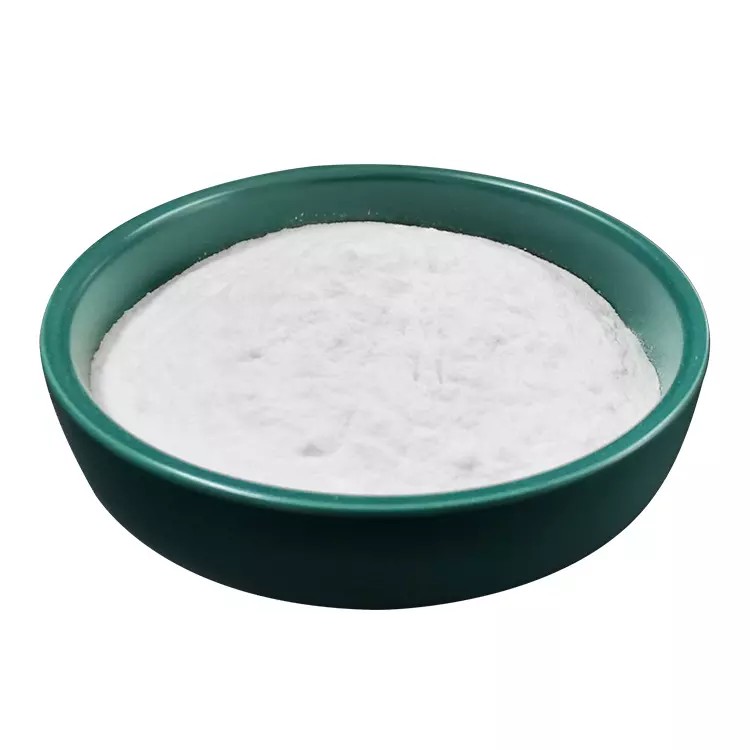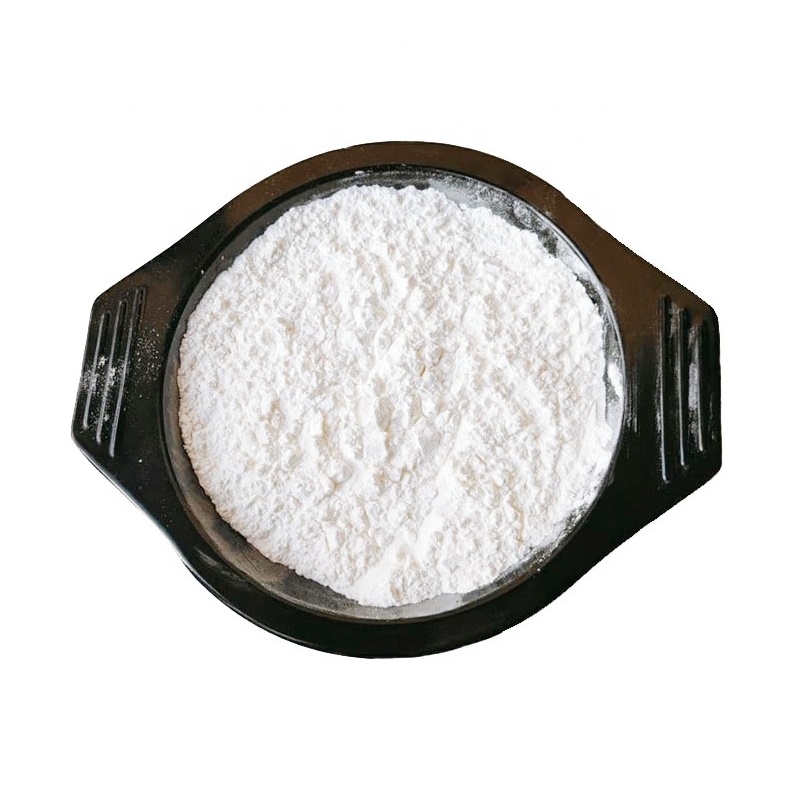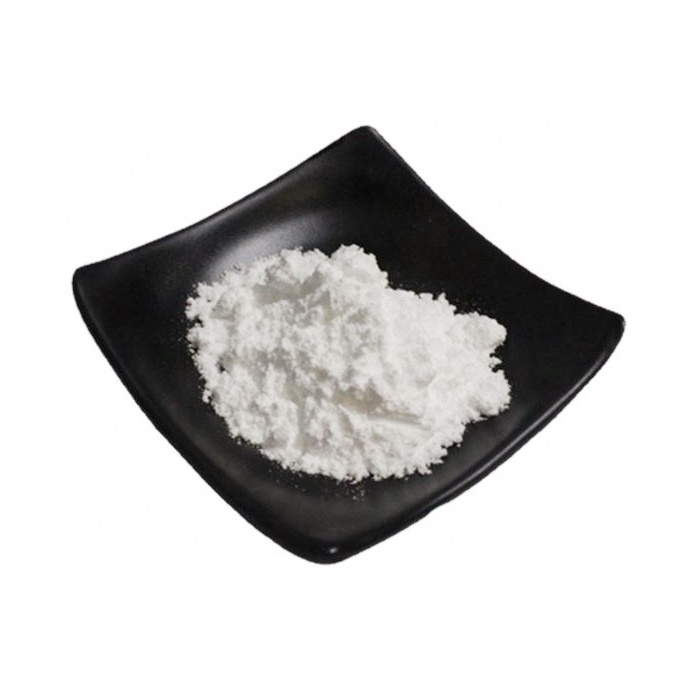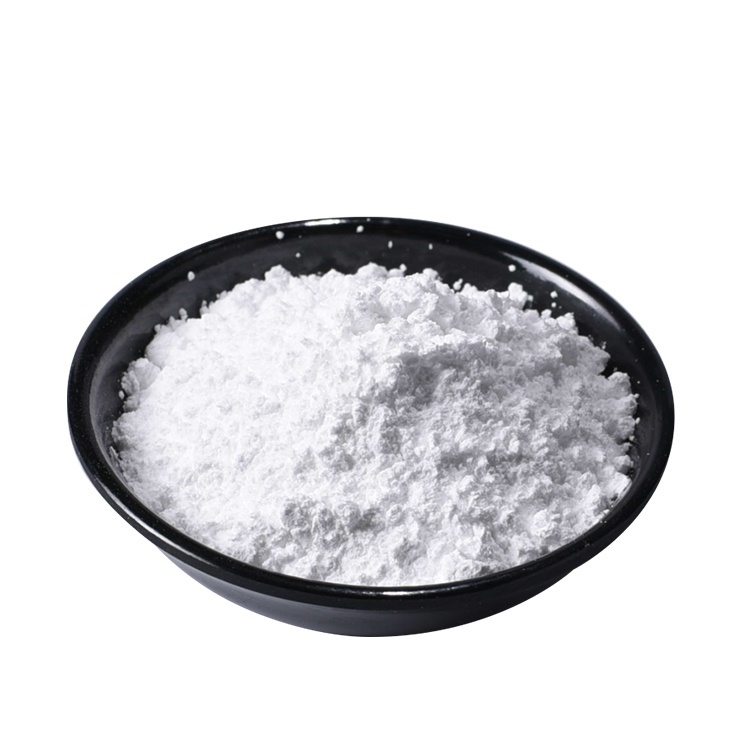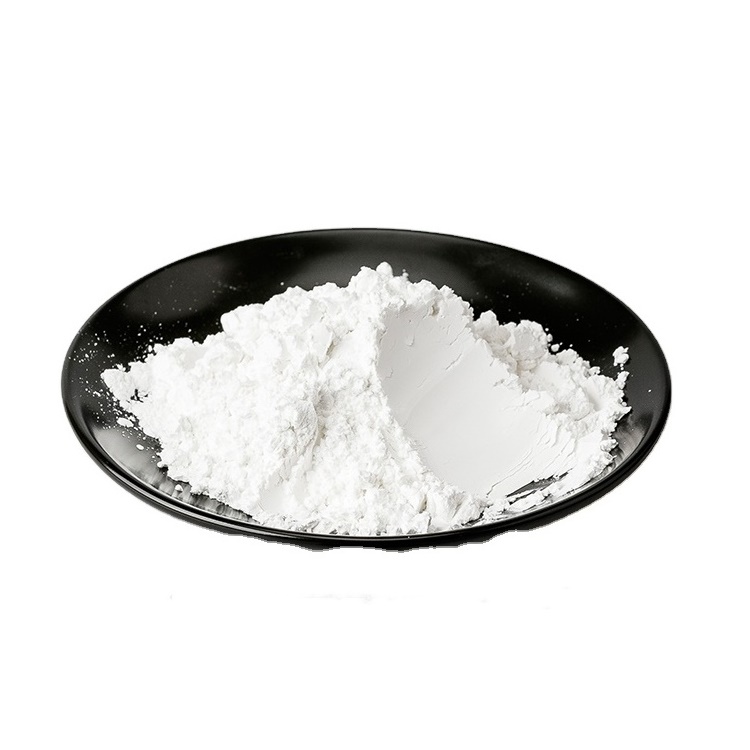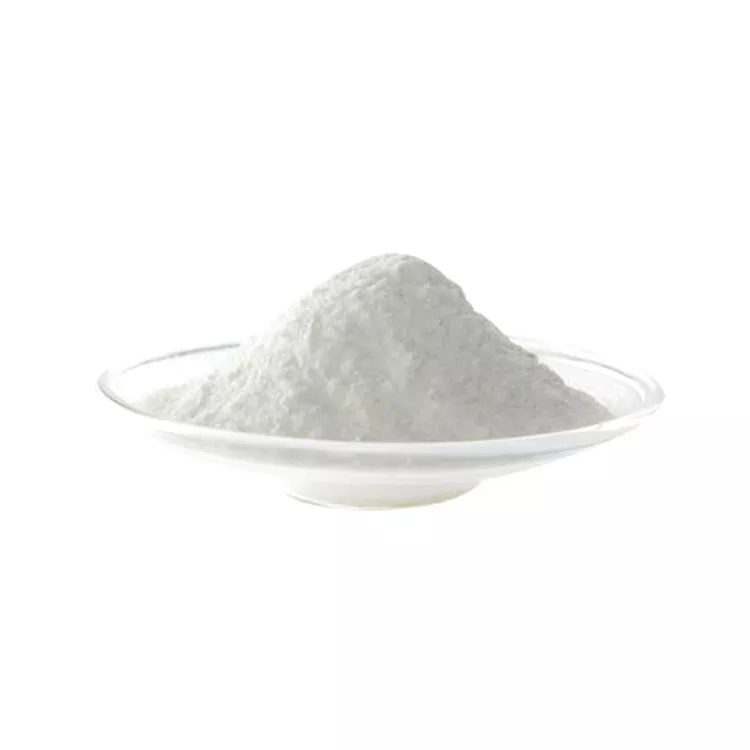

Etidronic Acid(HEDP)CAS 2809-21-4
——————
CAS number : 2809-21-4
molecular formula : C2H8O7P2
EINECS : 220-552-8
——————
Email : info@deshangchem.com
Mobile : +86-13153039501
TEL : +86-531-88752665
English Synonyms
Ethane-1-Hydroxy-1,1-Diphosphonicacid,95+%;(1-Hydroxyethylidene)biphosphonicacid;hydroxyethylidenediphosphonicacid(Hedp);1-Hydroxyethylidene-1,1-Diphosphonicacid,Min.95%hedp;1-Hydroxyethan -1,1-Diphosphonsure;1-Hydroxyethylidene-1,1-Diphosphonicacidhedp;1-Hydroxyethylidene-1,1-Bis-(Phosphonicacid);1-Hydroxyethylidene-1,1-Diphosphonicacid,98%hedp
Introduction
Hydroxyethylidene Diphosphonic Acid, Also Known as Hedp, Is a Diphosphate Compound Used in Detergents, Water Purification Processes, Cosmetics and Drug Production Processes. The Chemical Formula of the Salt Produced by This Acid Is Mnhedp (M Is a Cation, N Is the Number of M, Up to 4).
Toxicity
This Product Has Low Toxicity, And the Ld50 of Subcutaneous Injection in Mice Is 486.4 Mg/Kg.
Chemical Properties
The Pure Product Is White Crystals. The Industrial Product Is a Colorless to Light Yellow Transparent Liquid. It Is Easily Soluble in Water, Methanol and Ethanol. Hydroxyethylidene Diphosphonic Acid Is a Chemical Raw Material, Commonly Used in Industrial Water Treatment, Household Cleaning Products and Personal Care Products.
Chemical properties
| Melting point | 198~199℃ |
| Boiling Point | 578.8±60.0 °C(Predicted) |
| Density | 1.45 (60% aq.) |
| Vapor pressure | 0Pa at 25℃ |
| Storage conditions | Sealed in dry,Room Temperature |
| Solubility | Methanol (slightly soluble), water (slightly soluble) |
| Acidity coefficient (pKa) | 1.35, 2.87, 7.03, 11.3(at 25℃) |
| Form | powder |
| Color | White |
| pH | pH (1.7→100, 25℃) : 1.3~1.8 |
| Water solubility | Soluble in water. |
| Merck | 14,3863 |
Uses
This Product Is the Main Material for Cyanide-Free Electroplating. It Is Formulated into a Cyanide-Free Copper Electroplating Solution, And the Copper Layer Directly Electroplated on Sodium Iron Has Good Bonding Strength. The Coating Is Smooth and Has Good Color. The General Dosage Is 60% and the Content Is 100-120ml/L. The Dosage of Copper Sulfate Is 15-20g/L. In Addition, Before Electroplating, Immerse the Plated Parts in a 1%-2% Solution of This Product to Activate the Plated Parts, And Then Electroplating Can Improve the Effect.
Uses
Hydroxyethylidene Diphosphonic Acid (Hedp) Is a New Type of Chlorine-Free Electroplating Complexing Agent. It Is Used as the Main Agent for Water Quality Stabilization in Circulating Cooling Water Systems and Plays a Role in Corrosion and Scale Inhibition. This Product Is One of the Organic Polyphosphonic Acid Water Treatment Agents. There Are Other Varieties of This Type of Products Produced Domestically, Such as Aminotrimethylenephosphonic Acid (Atmp): [ch2po(Oh)2]3n and Ethylenediaminetetramethylenephosphonic Acid (Edtmp), Etc. Organic Polyphosphonic Acid Is a Type of Water Treatment Agent Developed in the Late 1960s and Confirmed Around the 1970s. The Emergence of This Type of Treatment Agent Has Made a Big Step Forward in Water Treatment Technology. Compared with Organic Polyphosphates, Organic Polyphosphonic Acid Has the Characteristics of Good Chemical Stability, Not Easy to Hydrolyze, High Temperature Resistance, Small Dosage, And Corrosion Mitigation Performance. It Is a Type of Cathodic Corrosion Inhibitor and a Type of Non-chemical Equivalent Scale Inhibitor; When Used in Combination with Other Water Treatment Agents, It Shows an Ideal Synergistic Effect. It Has Excellent Chelating Ability for Many Metal Ions Such as Calcium, Magnesium, Copper, Zinc, Etc., And Even Has a Good Deactivation Effect on Inorganic Salts of These Metals Such as Caso4, Caco3, Mgsio3, Etc., So It Is Widely Used in Water Treatment Technology.
Uses
Phosphorylation Reagent for Protected Serine and Pyranose.
Production Method
Hydroxyethylidene Diphosphonic Acid Can Be Prepared by Mixing Phosphorus Trichloride and Glacial Acetic Acid, Heating and Distilling to Obtain Acetyl Chloride, And Then Reacting with Phosphorous Acid. The Commercial Product Is a Viscous Liquid Diluted with Water to a Content of 50%. Each Ton of Product Consumes 931kg of Phosphorus Trichloride (95%) and 591kg of Glacial Acetic Acid.
Production Method
Through the Nucleophilic Addition of Diethylenetriamine and Formaldehyde, The Addition Product Is Esterified with the Hydrolysis Product of Phosphorus Trichloride, And Then Neutralized to Obtain the Product. See Edtmp for Details
Production Method
In Industry, Glacial Acetic Acid and Phosphoryl Trichloride Are Usually Used, And Then the Acylation Product and Phosphorus Trichloride Hydrolysis Product Are Condensed. Add the Measured Water and Glacial Acetic Acid to the Reactor and Stir Evenly. Add Phosphorus Trichloride Dropwise Under Cooling, And Control the Reaction Temperature at 40-80℃. The Reaction Byproduct Hydrogen Chloride Gas Is Condensed and Sent to the Absorption Tower to Recover Hydrochloric Acid. The Overflowed Acetyl Chloride and Acetic Acid Are Condensed and Returned to the Reactor. After the Phosphorus Trichloride Is Dripped, The Temperature Is Raised to 100-130℃ and Refluxed for 4-5h. After the Reaction Is Completed, Water Vapor Is Passed Through for Hydrolysis to Evaporate the Residual Acetic Acid and Low-Boiling-Point Substances. The Product Is Obtained.
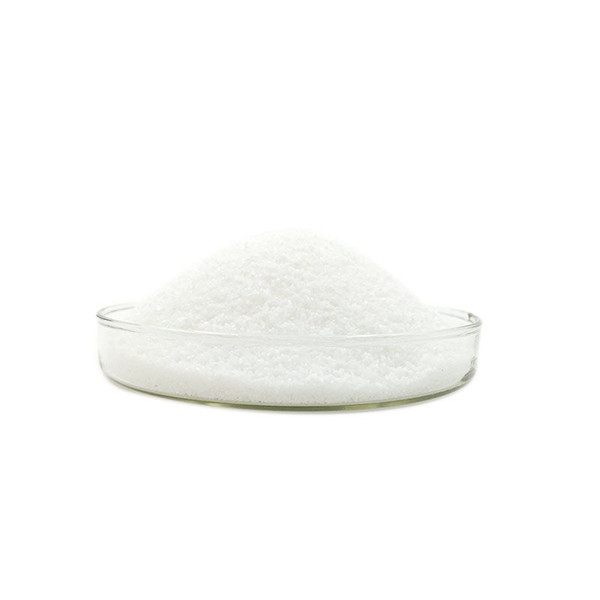
Etidronic Acid(HEDP)CAS 2809-21-4
English Synonyms
Ethane-1-Hydroxy-1,1-Diphosphonicacid,95+%;(1-Hydroxyethylidene)biphosphonicacid;hydroxyethylidenediphosphonicacid(Hedp);1-Hydroxyethylidene-1,1-Diphosphonicacid,Min.95%hedp;1-Hydroxyethan -1,1-Diphosphonsure;1-Hydroxyethylidene-1,1-Diphosphonicacidhedp;1-Hydroxyethylidene-1,1-Bis-(Phosphonicacid);1-Hydroxyethylidene-1,1-Diphosphonicacid,98%hedp
Introduction
Hydroxyethylidene Diphosphonic Acid, Also Known as Hedp, Is a Diphosphate Compound Used in Detergents, Water Purification Processes, Cosmetics and Drug Production Processes. The Chemical Formula of the Salt Produced by This Acid Is Mnhedp (M Is a Cation, N Is the Number of M, Up to 4).
Toxicity
This Product Has Low Toxicity, And the Ld50 of Subcutaneous Injection in Mice Is 486.4 Mg/Kg.
Chemical Properties
The Pure Product Is White Crystals. The Industrial Product Is a Colorless to Light Yellow Transparent Liquid. It Is Easily Soluble in Water, Methanol and Ethanol. Hydroxyethylidene Diphosphonic Acid Is a Chemical Raw Material, Commonly Used in Industrial Water Treatment, Household Cleaning Products and Personal Care Products.
Chemical properties
| Melting point | 198~199℃ |
| Boiling Point | 578.8±60.0 °C(Predicted) |
| Density | 1.45 (60% aq.) |
| Vapor pressure | 0Pa at 25℃ |
| Storage conditions | Sealed in dry,Room Temperature |
| Solubility | Methanol (slightly soluble), water (slightly soluble) |
| Acidity coefficient (pKa) | 1.35, 2.87, 7.03, 11.3(at 25℃) |
| Form | powder |
| Color | White |
| pH | pH (1.7→100, 25℃) : 1.3~1.8 |
| Water solubility | Soluble in water. |
| Merck | 14,3863 |
Uses
This Product Is the Main Material for Cyanide-Free Electroplating. It Is Formulated into a Cyanide-Free Copper Electroplating Solution, And the Copper Layer Directly Electroplated on Sodium Iron Has Good Bonding Strength. The Coating Is Smooth and Has Good Color. The General Dosage Is 60% and the Content Is 100-120ml/L. The Dosage of Copper Sulfate Is 15-20g/L. In Addition, Before Electroplating, Immerse the Plated Parts in a 1%-2% Solution of This Product to Activate the Plated Parts, And Then Electroplating Can Improve the Effect.
Uses
Hydroxyethylidene Diphosphonic Acid (Hedp) Is a New Type of Chlorine-Free Electroplating Complexing Agent. It Is Used as the Main Agent for Water Quality Stabilization in Circulating Cooling Water Systems and Plays a Role in Corrosion and Scale Inhibition. This Product Is One of the Organic Polyphosphonic Acid Water Treatment Agents. There Are Other Varieties of This Type of Products Produced Domestically, Such as Aminotrimethylenephosphonic Acid (Atmp): [ch2po(Oh)2]3n and Ethylenediaminetetramethylenephosphonic Acid (Edtmp), Etc. Organic Polyphosphonic Acid Is a Type of Water Treatment Agent Developed in the Late 1960s and Confirmed Around the 1970s. The Emergence of This Type of Treatment Agent Has Made a Big Step Forward in Water Treatment Technology. Compared with Organic Polyphosphates, Organic Polyphosphonic Acid Has the Characteristics of Good Chemical Stability, Not Easy to Hydrolyze, High Temperature Resistance, Small Dosage, And Corrosion Mitigation Performance. It Is a Type of Cathodic Corrosion Inhibitor and a Type of Non-chemical Equivalent Scale Inhibitor; When Used in Combination with Other Water Treatment Agents, It Shows an Ideal Synergistic Effect. It Has Excellent Chelating Ability for Many Metal Ions Such as Calcium, Magnesium, Copper, Zinc, Etc., And Even Has a Good Deactivation Effect on Inorganic Salts of These Metals Such as Caso4, Caco3, Mgsio3, Etc., So It Is Widely Used in Water Treatment Technology.
Uses
Phosphorylation Reagent for Protected Serine and Pyranose.
Production Method
Hydroxyethylidene Diphosphonic Acid Can Be Prepared by Mixing Phosphorus Trichloride and Glacial Acetic Acid, Heating and Distilling to Obtain Acetyl Chloride, And Then Reacting with Phosphorous Acid. The Commercial Product Is a Viscous Liquid Diluted with Water to a Content of 50%. Each Ton of Product Consumes 931kg of Phosphorus Trichloride (95%) and 591kg of Glacial Acetic Acid.
Production Method
Through the Nucleophilic Addition of Diethylenetriamine and Formaldehyde, The Addition Product Is Esterified with the Hydrolysis Product of Phosphorus Trichloride, And Then Neutralized to Obtain the Product. See Edtmp for Details
Production Method
In Industry, Glacial Acetic Acid and Phosphoryl Trichloride Are Usually Used, And Then the Acylation Product and Phosphorus Trichloride Hydrolysis Product Are Condensed. Add the Measured Water and Glacial Acetic Acid to the Reactor and Stir Evenly. Add Phosphorus Trichloride Dropwise Under Cooling, And Control the Reaction Temperature at 40-80℃. The Reaction Byproduct Hydrogen Chloride Gas Is Condensed and Sent to the Absorption Tower to Recover Hydrochloric Acid. The Overflowed Acetyl Chloride and Acetic Acid Are Condensed and Returned to the Reactor. After the Phosphorus Trichloride Is Dripped, The Temperature Is Raised to 100-130℃ and Refluxed for 4-5h. After the Reaction Is Completed, Water Vapor Is Passed Through for Hydrolysis to Evaporate the Residual Acetic Acid and Low-Boiling-Point Substances. The Product Is Obtained.
Team Presentation

